Santo Domingo Museum, home to the three Peruvian Saints
Hello everyone,
I hope you are all very well!
In this publication we will talk about one of the most interesting museums in Lima, right in the historic center and just a block away from the main square of the city is the Church and Convent of Santo Domingo belonging to the Dominican Order.
Church of Santo Domingo

Getting to know the Museum of Santo Domingo will leave you astonished by its great art, its wide history. It is here, my dear friends, where we are going to find an interesting collection inside the museum and discover about the life of the three most important Saints of Peru: Santa Rosa de Lima, San Martin de Porres and San Juan Masias.
Location
On the other hand, it is important to point out that a few blocks away from here, exactly on the same road continuing towards the avenida Tacna, you will find the Sanctuary of Santa Rosa de Lima, where the famous Bridge of Desires is located, where religious people will write a message to help them make a wish or ask for a miracle. Furthermore, exactly in front of the area of the Sanctuary of Santa Rosa de Lima, you will find the house of San Martin de Porres, which has also recently become a museum.
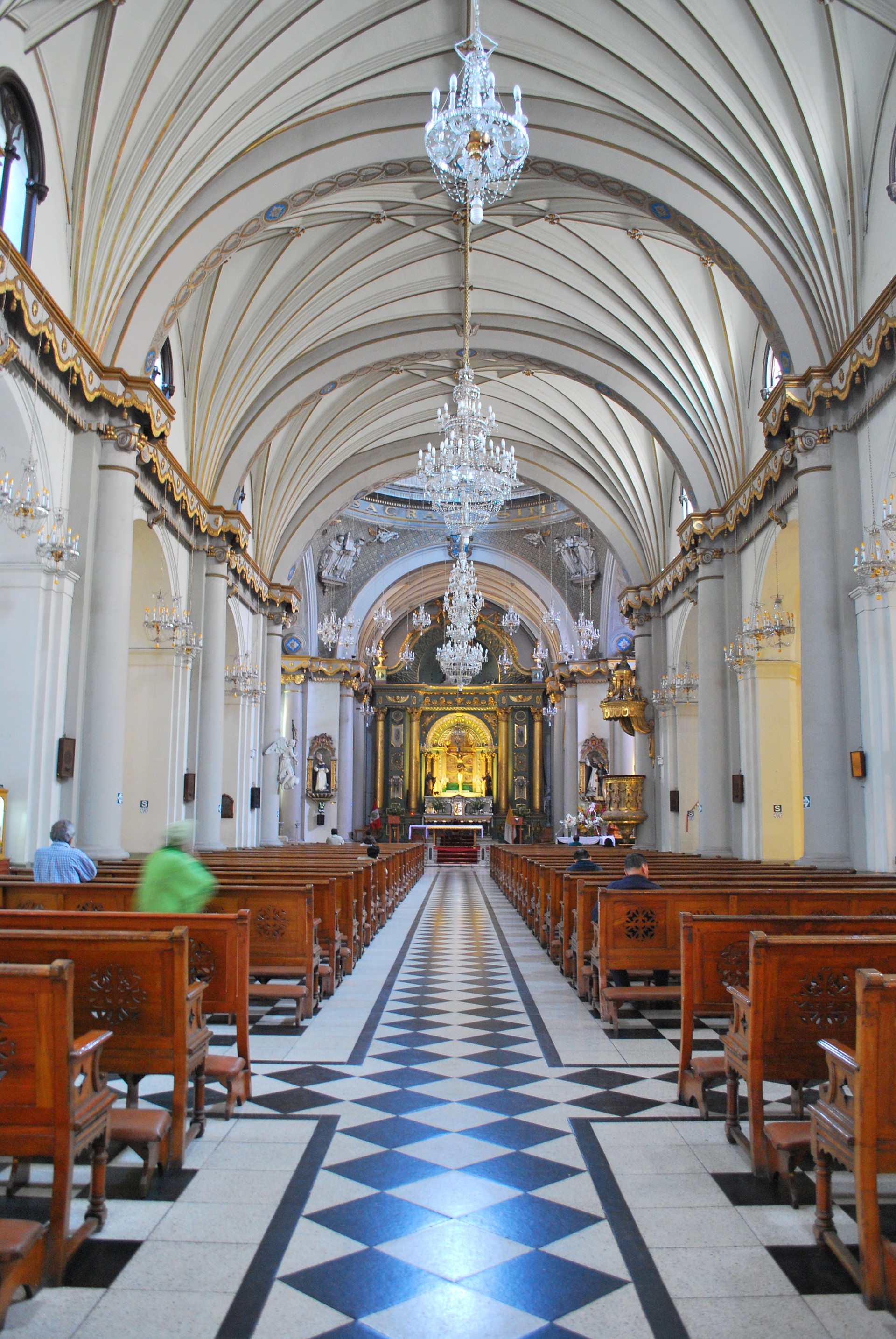
I have a special affection for this museum even though I have not been a tour guide here but rather for the neighbouring San Francisco. The Museum of Santo Domingo has a historical link to my beloved National University of San Marcos due to the fact that it was founded here as the oldest University of all America on May 12 of 1551 by Royal Decree by King Carlos V of Spain when Lima was the capital of the most important vice royalty of South America.
Referring to Universities
My University, the National University of San Marcos, has been the reason for encouraging me to come to this museum many times, as when I was studying Tourism there, I had to come to make a summary of history and the emotions it provoked in this religious place.
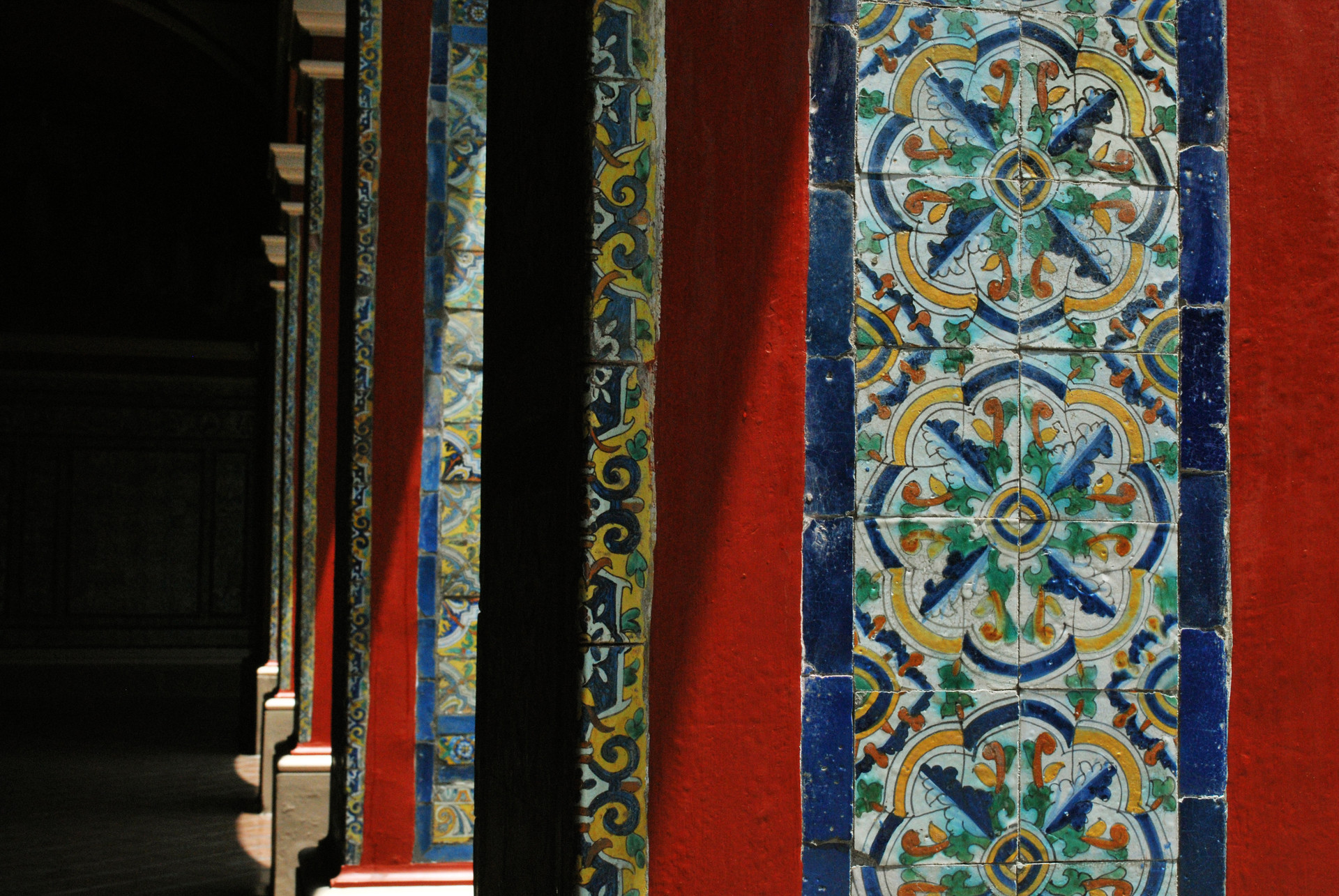
There is no doubt about it, the Convent of Santo Domingo is one of the most beautiful that you can find in Lima, in our thriving historical centre known for its status as a UNESCO World Heritage Site for the last 30 years.
Visit the museum at night
And not only the National University of San Marcos, but also the University of San Martin de Porres, something interesting that you will be able to find out is that the museum is open for tours during the night.
Overnight, the museum looks captivating and interesting where you can notice many emotions and the the mysticism of its rooms that doesn't stop being a main ingredient for its development.
It was also called the Maximo del Rosario Convent because inside it, you can find the chapel of the Virgin Rosario. If you come during the night, you will be able to take advantage of all the mystery of this religious museum, as well as being able to take advantage of going to see one of the cloisters.

Its establishment dates back to the year 1535, during the time in which Lima was a clearly religious city, Lima was even considered to be a monastery city with its long legacy of churches and with 10% of the population belonging to some kind of religious order.
The place of Three Saints
The museum has dedicated a room to each one of the Peruvian Saints, and I assure you, a visit to these will be one of a kind.
The tour starts in the receiving hall of the church where you will see a coiffured ceiling with Nicaraguan cedar, as well as recently discovered murals decorating the walls, and some tiles which date back to Seville in the 17th century.
The library of the Dominican Order is from the 17th century, made with a wooden coiffured ceiling as well as holding an interesting collection of different materials about how to learn more about a language. Truthfully, the Dominican Order's library can only be entered into with special permission from those in the Order itself, but nevertheless, you can still marvel at the exterior and all the things you can find there.
A transcendent history
This doesn't show how well-linked the Dominican Order was with the education system of Peru, for example, when the facilities were created in both of the two Universities I mentioned before: the National University of San Marcos and the University of San Martin de Porres.
Furthermore, something interesting to find here is the first sculpture of Saint Rosa de Lima during the time in which she was crowned as a Saint, the first Saint of Peru and of the whole of America.
Here we can see all of the awards and decorations that Saint Rosa de Lima has received, not only in Peru but also in the rest of the world.
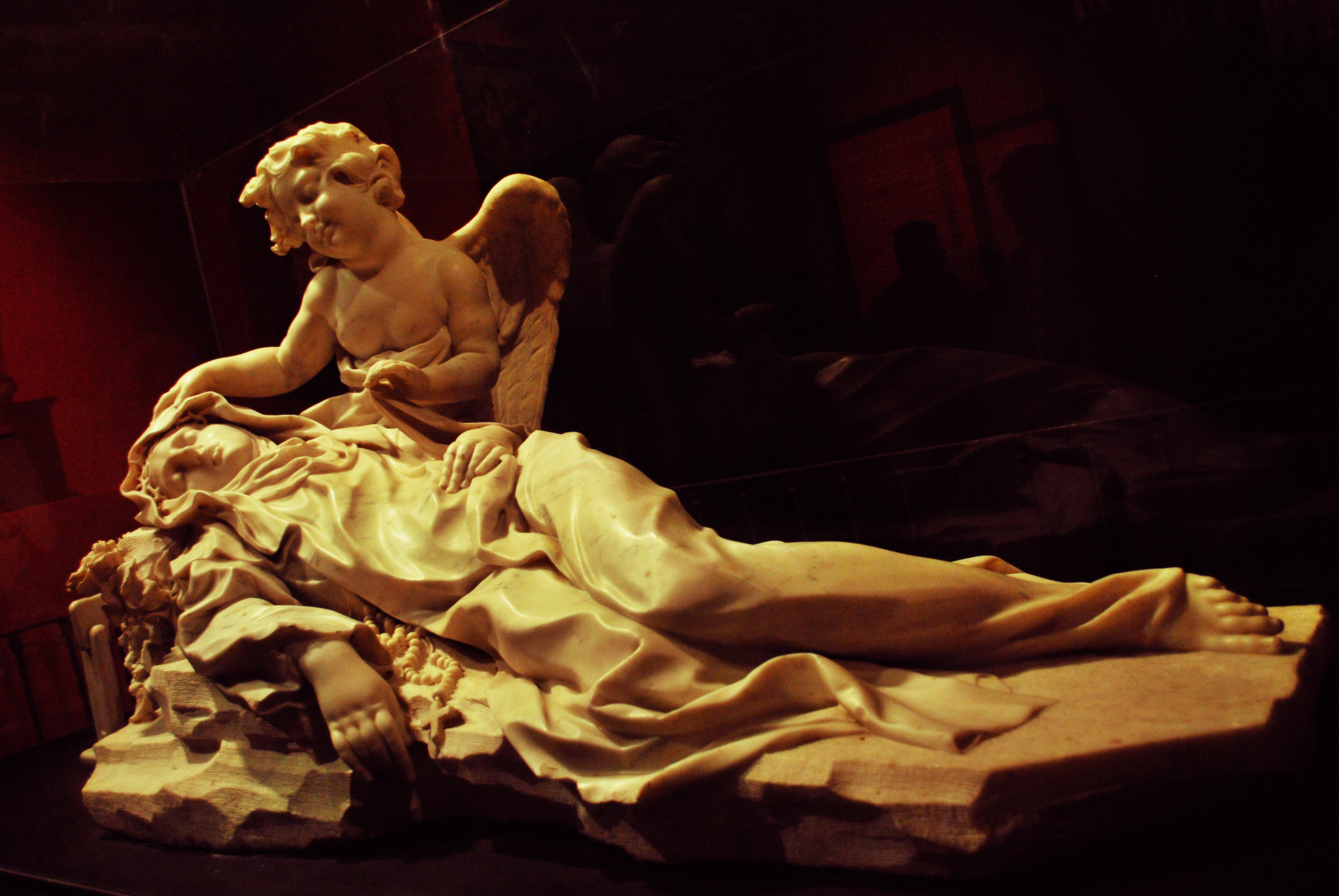
The second cloister moves us into a room arranged in a way to show the life of San Juan Masias and his relics like the chair, and the baskets with bread. The chair is a shrine, it is not the original but it is identical to it.
Needless to say, my friends, here you will also find out more about the life of San Martin de Porres, like his chapel and his own bed as well. Relics that are worth seeing...
Peruvian Saints
One of the most interesting miracles of San Martin de Porres is that, when San Martin de Porres was near one of the fountains in the garden, he joined the fountain as the spirit of Brother Martin. That is what is said about this Peruvian Saint.
The Plaza de Armas continues being part of the daily scene in Lima and is very close to the Santo Domingo Convent. It evokes the mystical past of Lima in each part of it, in which we can remember each one of the miracles of the Peruvian Saints.
Places where art stands out
Without a doubt, Saint Martin de Porres was a man of great kindness and mysticism, but above all, he was very generous with the poor. Furthermore, I must tell you that Saint Martin de Porres was not a priest but a donor, because the religious legislation during that time did not allow Black people to be priests (which seems very absurd nowadays). His word spread throughout the city of Lima, especially in the markets that were located in what is now known as the Plaza de Armas.

His virtue and piety is well-known, but until 2 years ago, his face was unknown to us. Thanks to the latest investigations, we now know the true face of Saint Martin de Porres. The skulls of San Martin de Porres, as well as those of Saint Rose of Lima and Saint Juan Masias were taken to Brasil in order to discover which was the true face of each of the Saints.
Discrimination?
Something that does not sit right with me is how our Peruvian society in those times was able to deny rights to a man who had all the right qualities to become a priest due to the colour of his skin. Thankfully, those years have past and people have been able to change their absurd and racist mentalities. That is a Lima that I do not want to return to, however sadly there still exists this type of colonial backwardness that has made us have a discriminatory side of our Limean society. It shouldn't be like this, we need to change our minds! We need to visit these kinds of museums that will help us to understand the past so that we can respect it, understand it and avoid committing the same injustices that existed during those times.
Many artists have tried to express the image of the Saint, in this museum you will find many canvases of Saint Martin de Porres from anonymous creators...
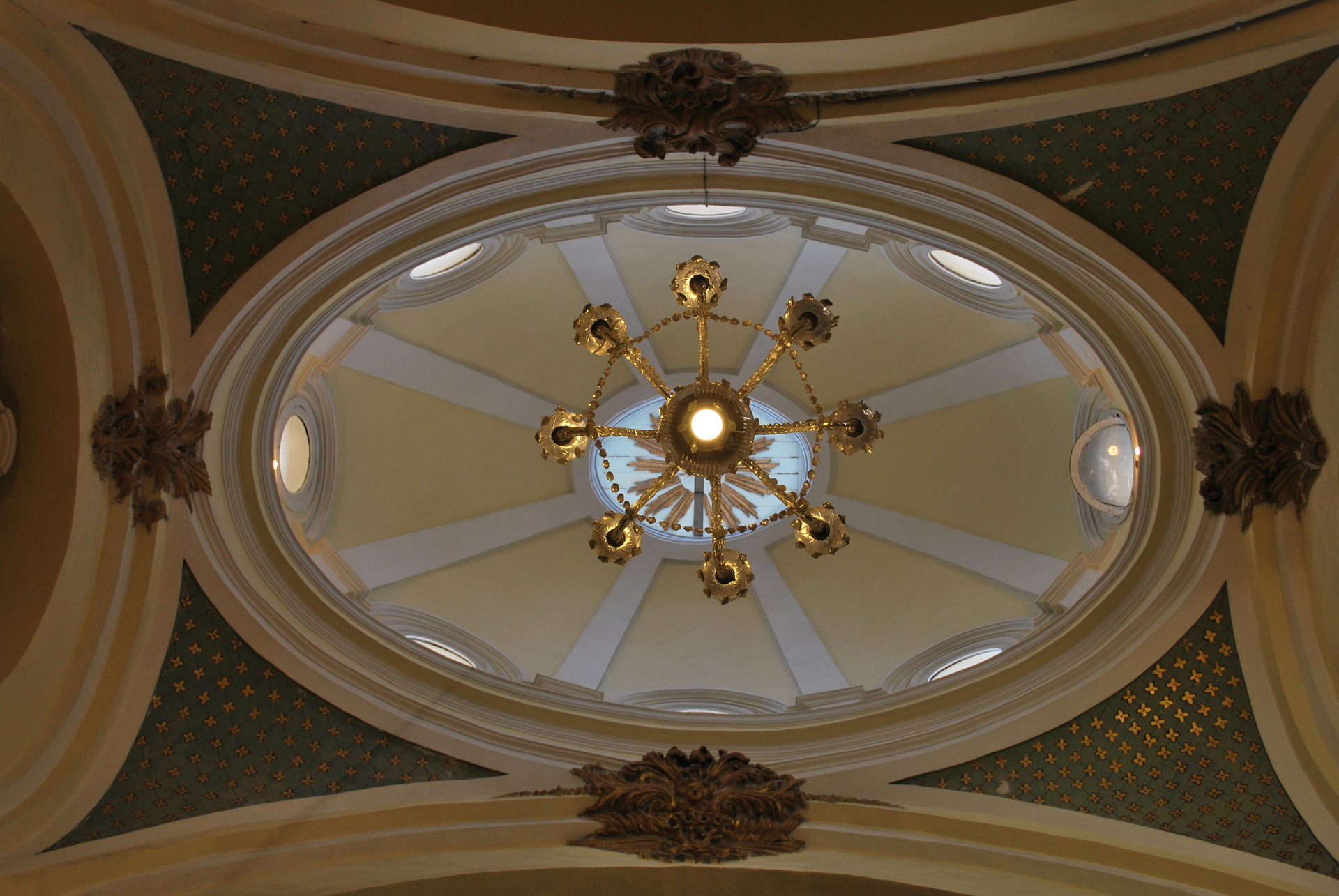
For example, an interesting painting that you can find in the museum is a replica of the original that can be found in Saint Rosa de las Madres, where it shows Saint Martin in his habitat and with his rosary beads and a face of a deceased man that has the weight of the past years.
The life of the Saint with a broom
This is an iconic painting that is the daily life of Saint Martin de Porres, where it is known about all the things that he did in order to help the poor and sick people, we can also find the dog, cat and mouse eating from one plate.
The worship of Saint Martin de Porres had been maintained throughout the world and the people waited anxiously for his canonisation which finally occurred on the 6th May 1962.
In the museum, we can also find two canvases that the Dominicans have reserved as symbols, they are both showing destitute people who received help from the miracles of the Saint of the broom.
Saint Rosa de Lima lived in a religiously abstinent Lima, and her miracles are associated with the natural world. For example, it is said that she invited animals and trees to pray with her each morning.
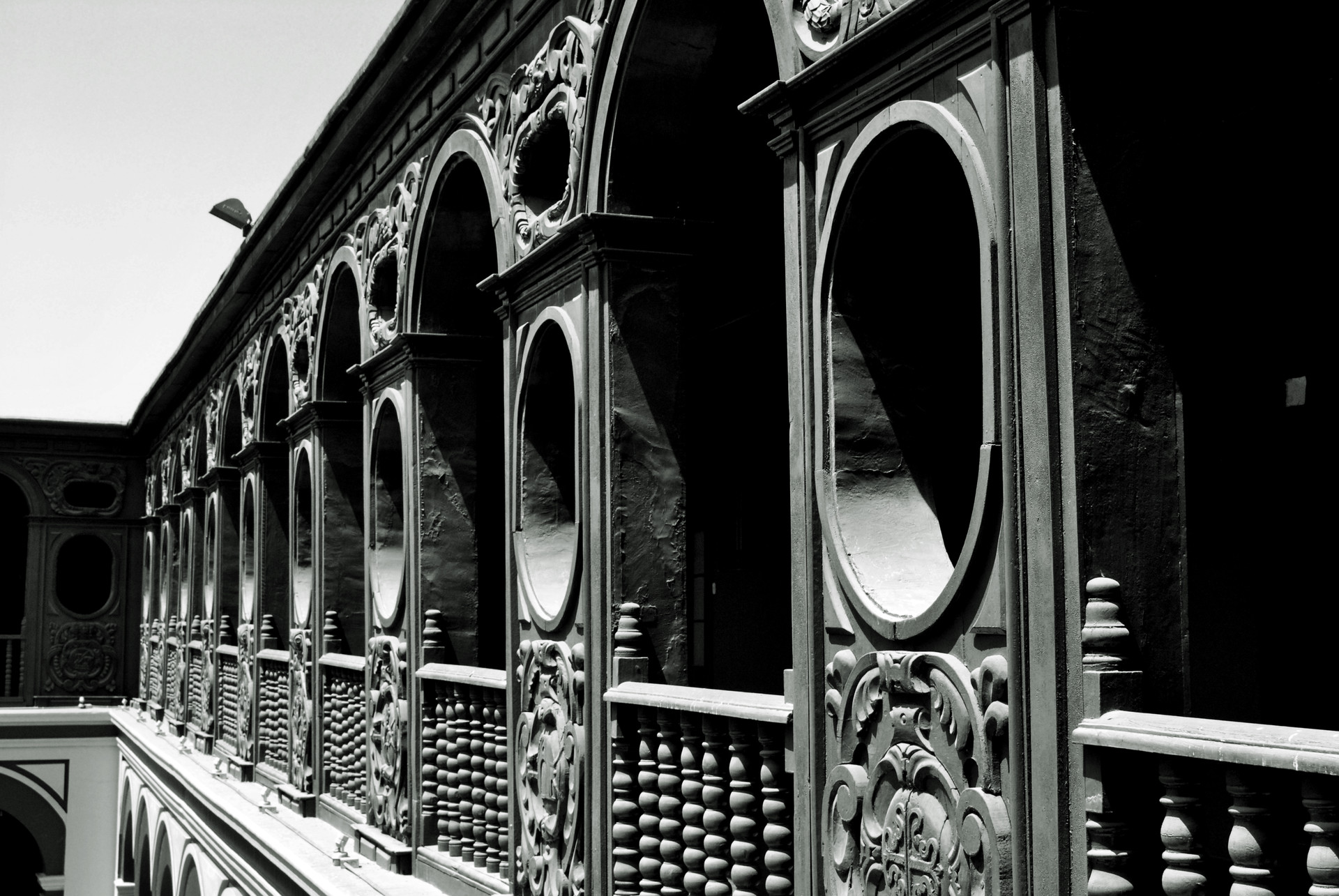
Her contemporaries included Saint Toribio de Mogroveno and Saint Martin de Porres, from this is it said that her and Saint Martin de Porres knew each other, for example, it has been said that between the two there were spiritual discussions.
The first Saint on this continent
Unlike Saint Martin de Porres, Saint Rosa de Lima had a lot more luck in her career, she was canonised much faster than he was, in 1671. A few years after her death, there was no devotee of Saint Rosa de Lima who did not have a picture of her holy image. Furthermore, the portrait of her dead image made by Angelino Medoro served as an outline for all the other images of Saint Rosa.
Another interesting part is that the outline that Angelina Medoro made, in which Saint Rosa has her eyes half-open, the midwives tried to close her eyes on various occasions, but she always kept them open. This fact was interpreted in Colonial Lima as Saint Rosa de Lima was predestined to become a Saint in this part of the world and this was the reason she did not want to close her eyes. Little by little, all of the painters began opening her eyes.

Another magnificent piece is one by Melchon Caffa, it is a Carrara marble sculpture from 1665. It was made by Caffa and sent from Rome to the Dominican Convent as a present from Father Celemente XIX to Lima.
Invaluable pieces
Here it shows Saint Rosa during the moment of her death, all of this is made from one piece of Carrara marble with all of these details where you can see even the wrinkles on her hands is truly wonderful.
The interesting thing to see here is that you cannot distinguish between if Santa Rosa is dead or in divine ecstasy... What do you think?
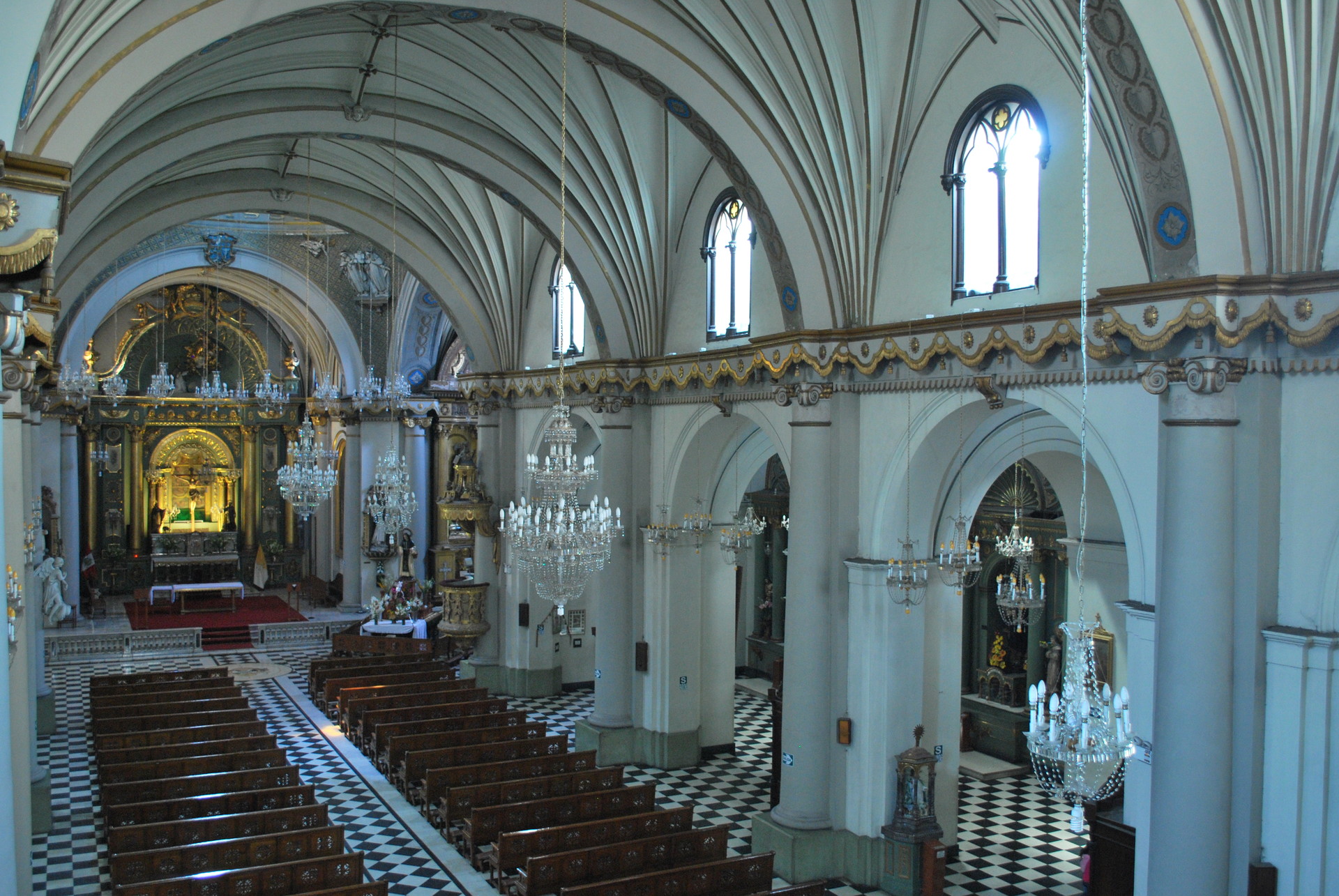
Saint Juan Masias was an intimate friend of Saint Martin de Porres and a contemporary of Saint Rosa de Lima, he was one of the Saints that encouraged the religious period of Lima during the times of faith in the 17th century. Religious and Spanish Dominican Saint, Juan Masias preached in Peru from 1620 and was canonised in 1975 by Paul VI after verifying his miraculous gifts.
In the museum we are going to be able to find a wide showing of his belongings like his basket.
As we have seen, the museum has a wide variety of works of art, canvases, sculptures and religious places to marvel at around the relics and objects that we can find from each one of the Saints that have lived and used them during their own life.
Many rooms to discover
Inside the convent, we can also find the tomb of Saint Martin de Porres, something which is so beautiful and will leave you open-mouthed. Is located in the cloister where you can find the chapel where Saint Martin de Porres died.
Just inside the chapter house, my university was founded and another part that brings me closer to this museum is here you can find the remains of the Peruvian Saints like Saint Martin de Porres, Saint Rosa de Lima and Saint Juan Masías. Here, for example, in the Santo Domingo church, we can find the altar for the Peruvian Saints where you can find in honour of them their skulls and their relics.
Another interesting thing in the history of Lima is that the first religious people to arrive in Lima and in Peru were from the Dominican Order. It is because of this that on dividing up the lands of Lima, Francisco Pizarro gave a very privileged location to the Order founded by Santo Domingo de Guzmán in Spain, better known as the Dominicans.

So much religion
This has been for many years a widely-visited museum, equal to the other museums you can find in the centre of Lima, like the cathedral, the Archbishop's Palace and the San Francisco Convent.
Its history is intimately linked with the life of the religious order and to the three Peruvian Saints that I have been talking about, also you can find an interesting collection of works of art like the cloisters with canvases of the life of Santo Domingo, the founder of the Order. Also, the Seville tiles and the exterior part of the Dominican Order's library that still can be appreciated from outside.
In order to enter the museum, you will need to pay an entrance fee, but luckily for us it isn't much if you combine it with the entry to the Cathedral Museum or the Archbishop's Palace Museum which is found next to the previous one in the Plaza de Armas.
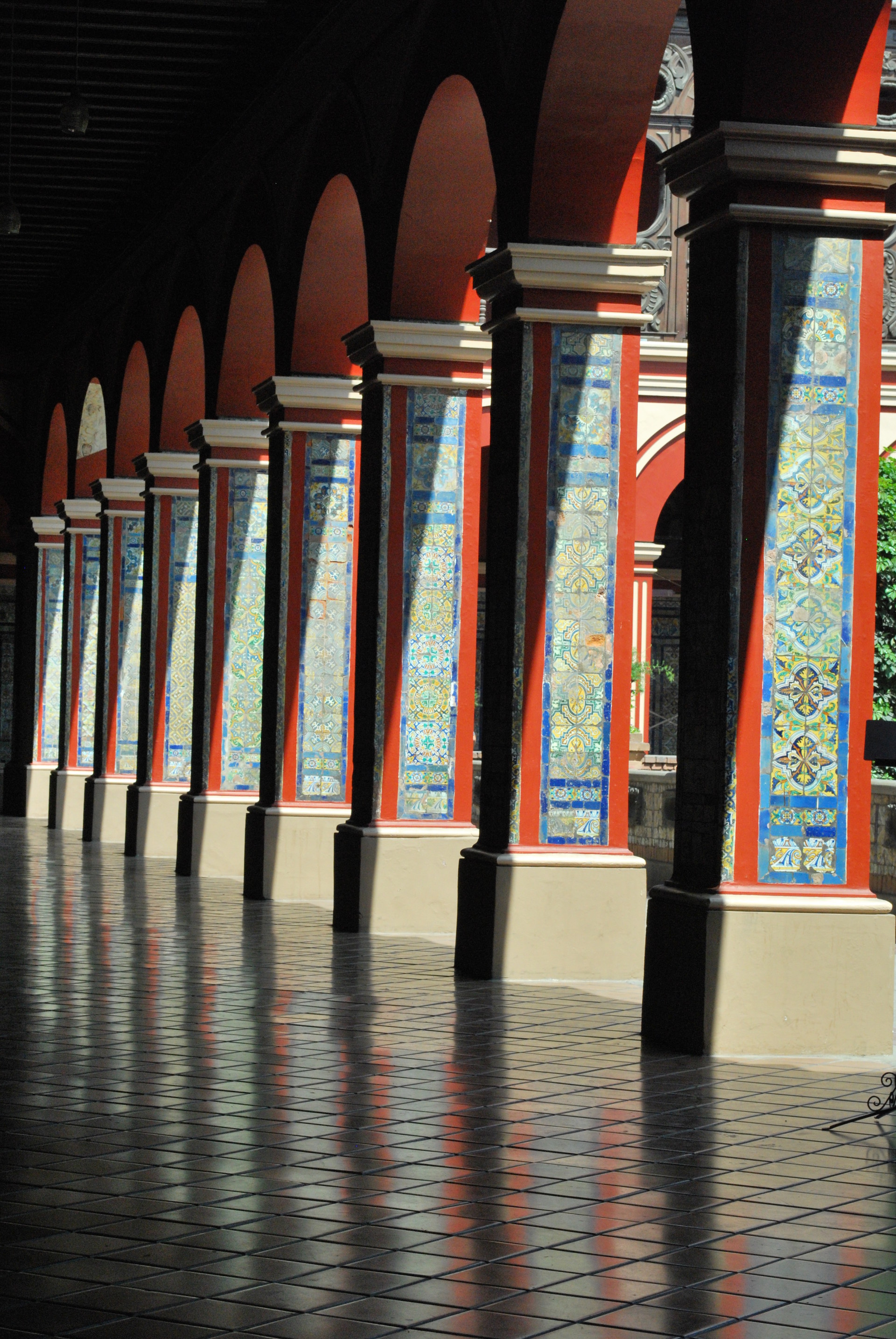
Duration
The duration of the visit to the museum will not take you more than 50 minutes and you will leave very satisfied with knowing a little more about the history of Lima. This museum has something I can't quite define, like for example, you come to develop the answer to a question and you leave with more questions and a desire to learn. For example, I still remember with great admiration a painting that looks at Saint Juan with three hands that seem to be deformed, but everything has a reason, everything has a because.
We definitely need to also know that this museum and convent in itself has received very many different changes throughout history, not only the change in style that the city of Lima has undergone, but also due to the great earthquakes that have passes through this area, one of which was the earthquake in 1746 which practically destroyed all of the city.
Limean jewel
There is no doubt that the tower of this museum is one of the most beautiful that you will find in the whole of Lima, with its Frenchified style I have to recommend you go inside the church without a doubt if you have a chance and the church is open, as you will not only find a Neo-Classical artistic style, but also some of the relics I mentioned at the start. It is right here that they took the skulls from to take to Brazil and be able to discover which were the true faces of each one of the Saints that are not only worshipped in Peru, but in the rest of the world as well.
To conclude this article about the museum, I want to tell you that it is incredible to discover Peru's long religious history, and as I have said in other articles, I do not consider myself to be a believer in Catholicism, but everything related to Colonial Lima I love; it moves me and intrigues me. It is thanks to this emotion that I have been able to find all these different places in Lima, in my beloved city.
To come to Santo Domingo is to visit a place of peace, love and hope. As I told you, it doesn't matter whether you believe in God or not, you can appreciate the things that we have in our city and we need to keep protecting them, not just for us but for each one of the Peruvian children that will continue to visit these places in Lima.
A great opportunity to see history
You won't regret your visit, I am sure you will have a great time and be very satisfied.
Thank you so much for reading this homage to the Santo Domingo Museum and Convent and I hope that you will come and discover this place for yourselves soon, and that you fall in love with all of its marvels like I have.
Come to discover this point of the Peruvian capital in Jiron Cámana 170 in the centre of Lima!
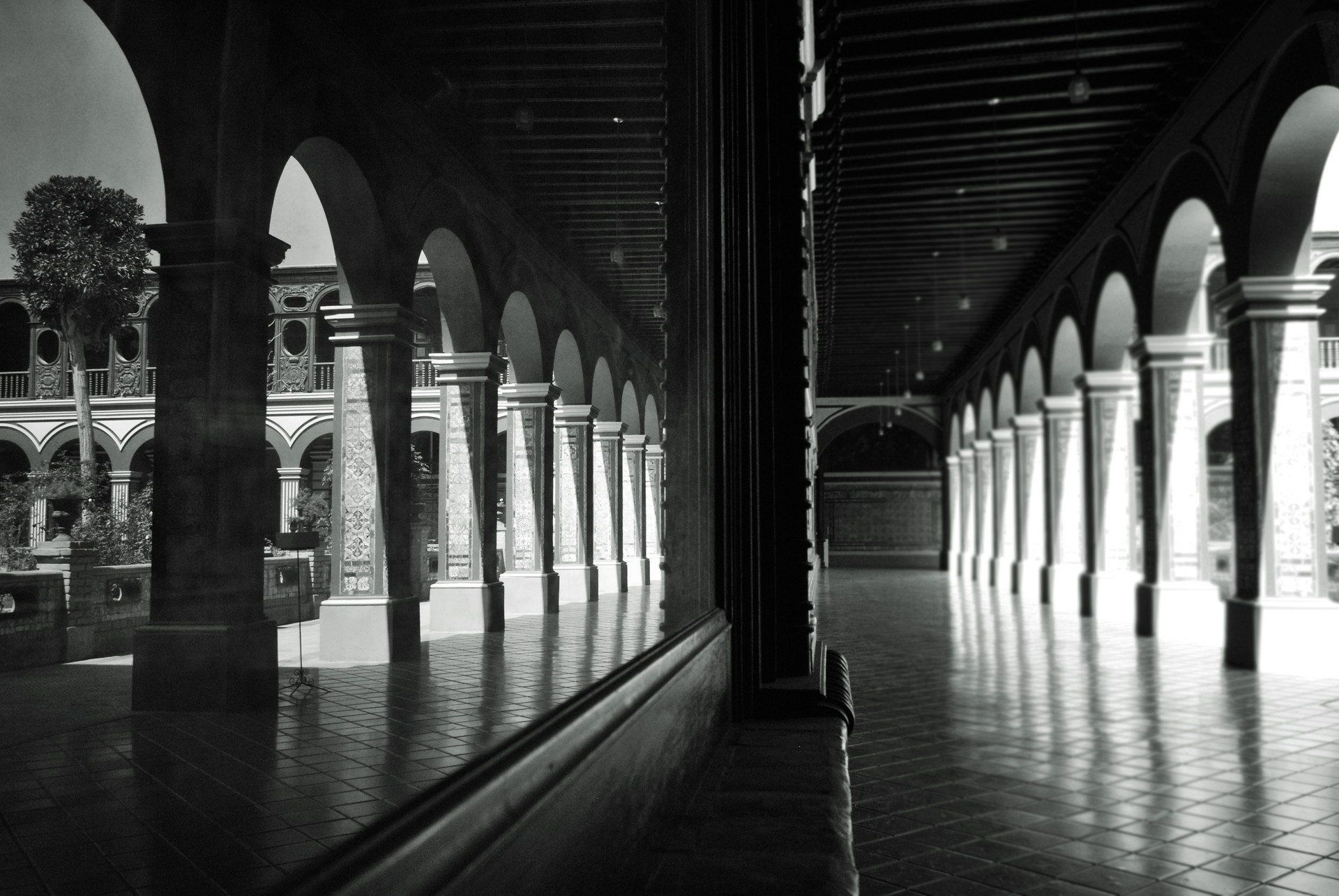
Lastly, to arrive here you only need to take the Metro line, which is a bus in the Municipality of Lima, pay 2. 50 soles per trip per person. At each station you can find a machine to buy these tickets or you can ask someone else to help you pay.
You need to take the C line if you are coming from the South or the A line if you are coming from the North and get off at the "jirón de la Union". Once you have left there, you only have to follow the route by the Northern part of the jirón de la the union which is a pedestrianised street until you to arrive at the Plaza de Armas of Lima. From there, you can take some pictures and after that you can walk along to the left hand side where you will see a small square in a corner which is the Plaza de Bandera (Flag Square). From there you only have to walk one block more and then you will find this entire religious part of town right in the middle, for the delight of everyone!
So now that you know that, friends, come to this museum and marvel at the works of art, history, people and events that have happened here.
Lastly, I will leave you the prices of entry for the Santo Domingo Museum, as well as their opening hours:
- Monday-Sunday: 08:30 hrs a 17:30 hs
- Student entry fees: 3 nuevos soles
- Adults: 5 nuevos soles
- Children: 1 sol
- With a tourguide it will take approx 1 hour to tour the museum, and it is optional to give a tip at the end of the tour.
Thank you so much for reading this post! I will see you in the next one!
See you next time, Lima-lovers!
Photo gallery
Content available in other languages
Want to have your own Erasmus blog?
If you are experiencing living abroad, you're an avid traveller or want to promote the city where you live... create your own blog and share your adventures!
I want to create my Erasmus blog! →
































Comments (0 comments)